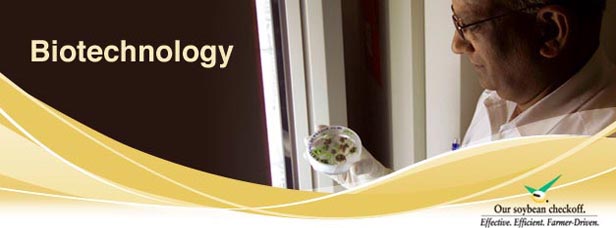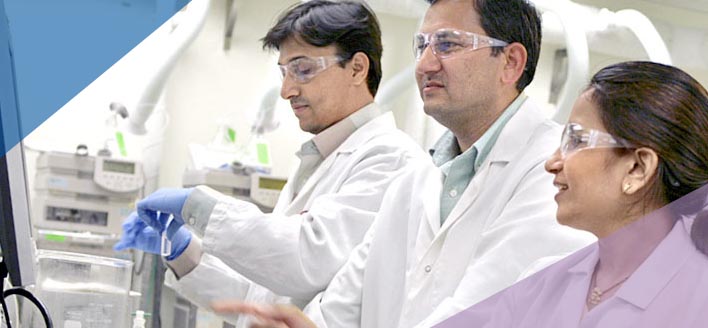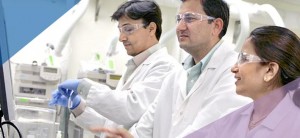Women in the city will soon have the option of banking their menstrual blood so that menstrual blood stem cells can be used for treatment of serious disorders through stem cell therapy.
In six months, Life Cell International, in technology partnership with Cryo-Cell International, will set up the facility, which will be the first to store menstrual blood in the country.
Cryo-Cell, which has patented technology to decontaminate samples, started menstrual blood banks in the US last year, and other countries are yet to catch up. Cryo-Cell calls it ‘your monthly miracle’. The endometrium-lining of the uterus regenerates every month, suggesting the presence of stem cells. However, there is no published scientific work on the curative properties of such cells.
Stem cells have the ability to regenerate themselves through cell division and act as a repair system for the body. Research on stem cells provides knowledge about how healthy cells replace damaged ones in adults, leading to the possibility of cell-based therapy to treat diseases.
“Menstrual blood contains millions of stem cells that have many properties and characteristics similar to those of stem cells found in bone marrow and embryos. These stem cells exhibit capabilities for self-renewal and multi-potency,” says LifeCell International executive director Mayur Abhaya. Stem cell research hopes to find answers to problems such as cardiac and degenerative diseases, besides cancer.
The women would be given a collection kit comprising a menstrual cup and collection tubes. The blood would be processed and preserved in liquid nitrogen at extremely low temperatures.
Though the Chennai bank has not decided on the rates, it hopes registration will cost less than that charged for preserving cord blood. At present, the bank, which has stored over 13,000 samples of cord blood at a facility near Chennai, charges Rs 41,100 for collection, processing and storage of the blood for the first year. From the second, the client pays an annual fee of Rs 3,500 to preserve the blood for two decades.
The biggest advantage of menstrual blood, according to LifeCell chief scientific officer Dr Ajit Kumar, is that it can be easily harvested in a painless, non-invasive manner. “And it also extends the scope of stem cell therapy to a larger section of the people. Cord blood is an option open to only those who are pregnant or those planning babies,” he says.
At a time when legal restrictions on collection of embryonic stem cells have been stymieing research, the option to save menstrual blood is a boon because these cells have similar properties to that of cord blood, he adds.
Via EPR Network
More Biotech press releases















